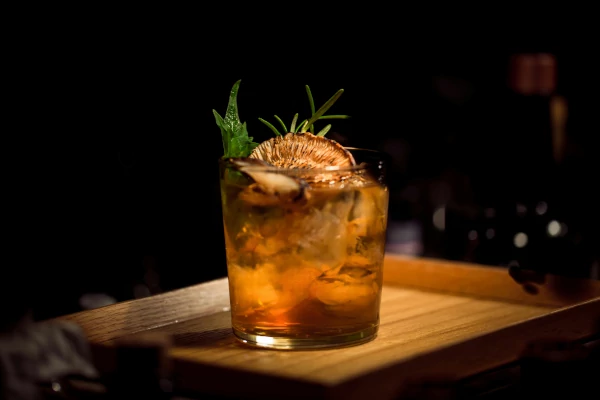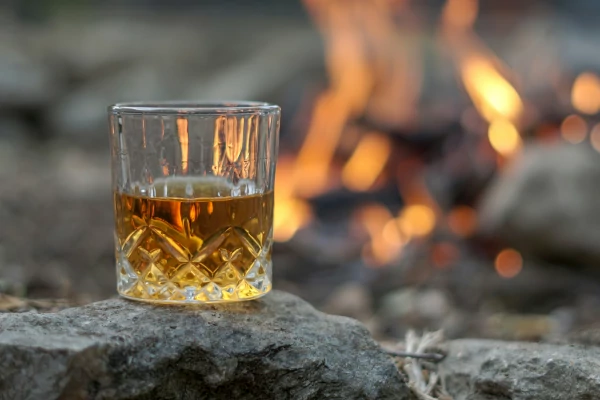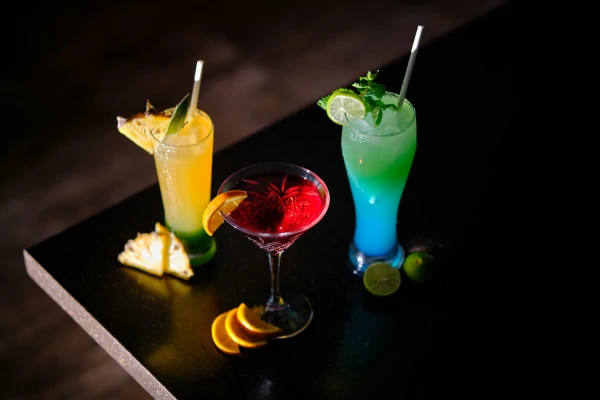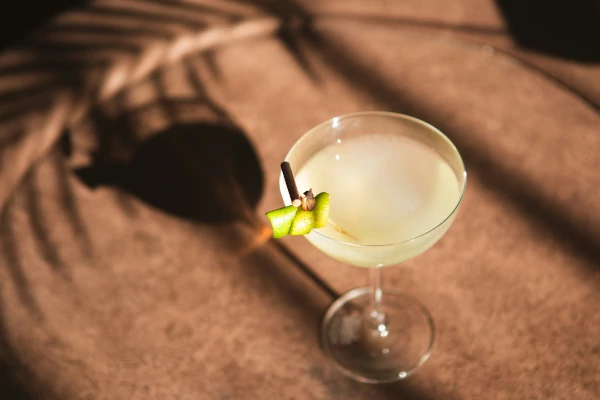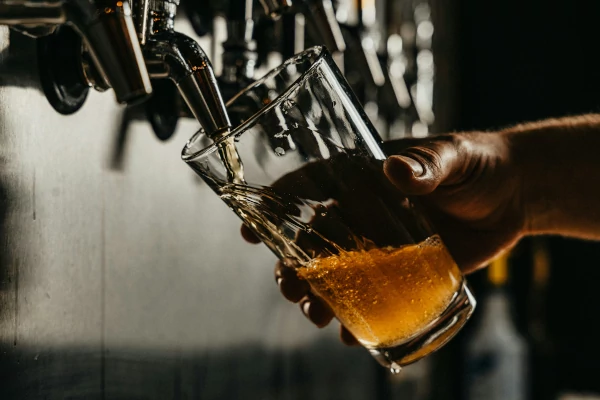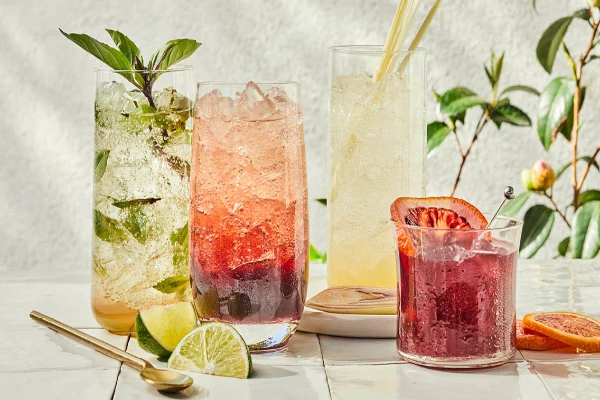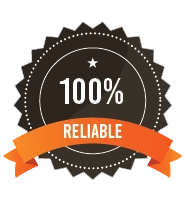How to Taste Wine Like a Pro: A Beginner’s Guide to Wine Tasting Techniques
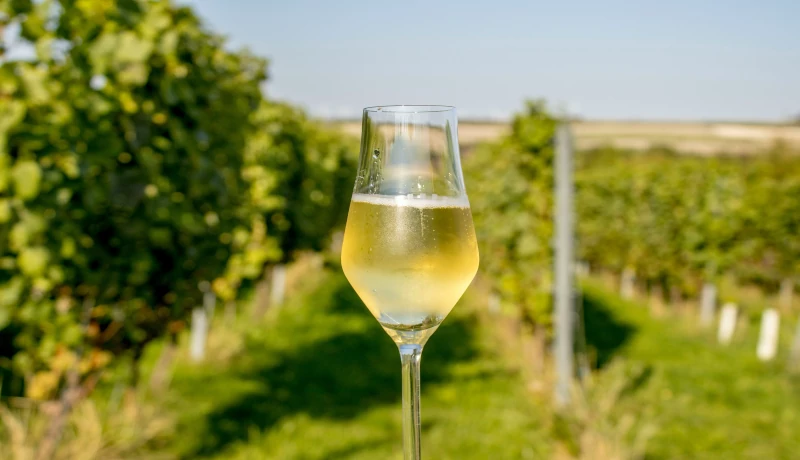
Unlock the art of wine tasting with this beginner’s guide, featuring essential techniques to enhance your sensory experience. From examining color to savoring flavors, learn how to appreciate wine like a pro!
Wine tasting is an art that combines all five senses to appreciate the complexity and nuances of this beloved beverage. Whether you're a novice or looking to refine your skills, understanding the basics of wine tasting can elevate your experience. Here’s a beginner’s guide to help you taste wine like a pro.
It is advisable to have alcohol/liquor drinking license in Maharashtra. You can apply online for alcohol/liquor drinking liquor license here : Click Here to Apply Now
1. Prepare Your Tasting Environment :
Creating the right environment is essential for a successful wine tasting. Follow these tips to set the stage:
a) Choose the Right Lighting: Soft, natural light is best for observing the wine’s color.
b) Use a Clean Glass: Use a clear, tulip-shaped wine glass to focus on the wine's aromas.
c) Eliminate Distractions: Find a quiet space where you can concentrate on the tasting.
2. Examine the Wine :
Start by visually assessing the wine. Here’s how:
a) Look at the Color: Hold the glass against a white background to appreciate the wine’s hue. Note its intensity, clarity, and any variations in color.
1. White Wines: Can range from pale yellow to deep gold.
2. Red Wines: Can vary from light ruby to deep purple.
b) Check for Legs: Swirl the wine gently and observe how it clings to the glass. The "legs" can indicate the wine's alcohol content and viscosity.
3. Swirl and Smell :
Swirling the wine aerates it, releasing its aromas:
a) Swirl: Gently swirl the wine in your glass to introduce air.
b) Inhale: Bring the glass to your nose and take a deep breath. Note the different scents—these can range from fruity and floral to earthy and spicy.
c) Identify Aromas: Try to pinpoint specific aromas. Common categories include:
1. Fruits: Berries, citrus, stone fruits
2. Floral: Rose, lavender, jasmine
3. Earthy: Leather, soil, mushroom
4. Spices: Vanilla, cinnamon, clove
4. Taste the Wine :
Now it’s time for the most exciting part—tasting!
a) Take a Small Sip: Allow the wine to coat your palate. Notice the initial flavors as it hits your tongue.
b) Assess the Body: Consider the wine's body, which can be light, medium, or full. This refers to the weight of the wine in your mouth.
c) Evaluate the Balance: Pay attention to the balance of sweetness, acidity, tannins, and alcohol. A well-balanced wine will have these elements in harmony.
5. Consider the Finish :
After swallowing, think about the wine’s finish:
a) Length: How long do the flavors linger? A long finish is often a sign of quality.
b) Complexity: Do different flavors emerge after swallowing? A complex finish can reveal layers of flavor.
6. Take Notes :
Keeping a tasting journal can help you remember your impressions and preferences:
a) Record Key Details: Note the wine’s name, producer, vintage, color, and your impressions on aroma, taste, and finish.
b) Rate the Wine: Develop a simple rating system to help you track which wines you enjoy.
7. Experiment and Enjoy :
Wine tasting is subjective, and everyone’s palate is different. Don’t hesitate to explore a wide range of wines:
a) Try Different Varietals: Experiment with various grape types and regions to expand your palate.
b) Attend Tastings: Join local wine tastings or classes to gain experience and learn from experts.
Conclusion
Tasting wine like a pro is about more than just drinking; it’s about engaging all your senses and appreciating the intricacies of each bottle. By following these steps and continually exploring, you’ll develop your own unique palate and become more confident in your wine tasting abilities. So grab a glass, gather some friends, and start your journey into the wonderful world of wine! Cheers!
How to get drinking liquor license : Click Here to Apply Now
